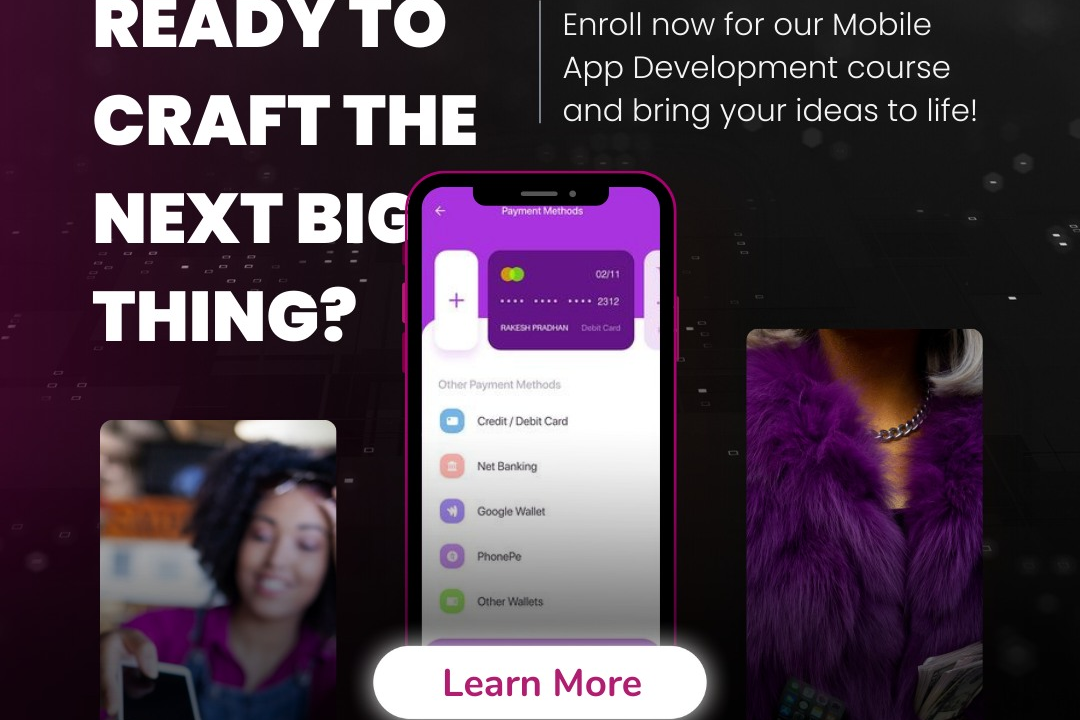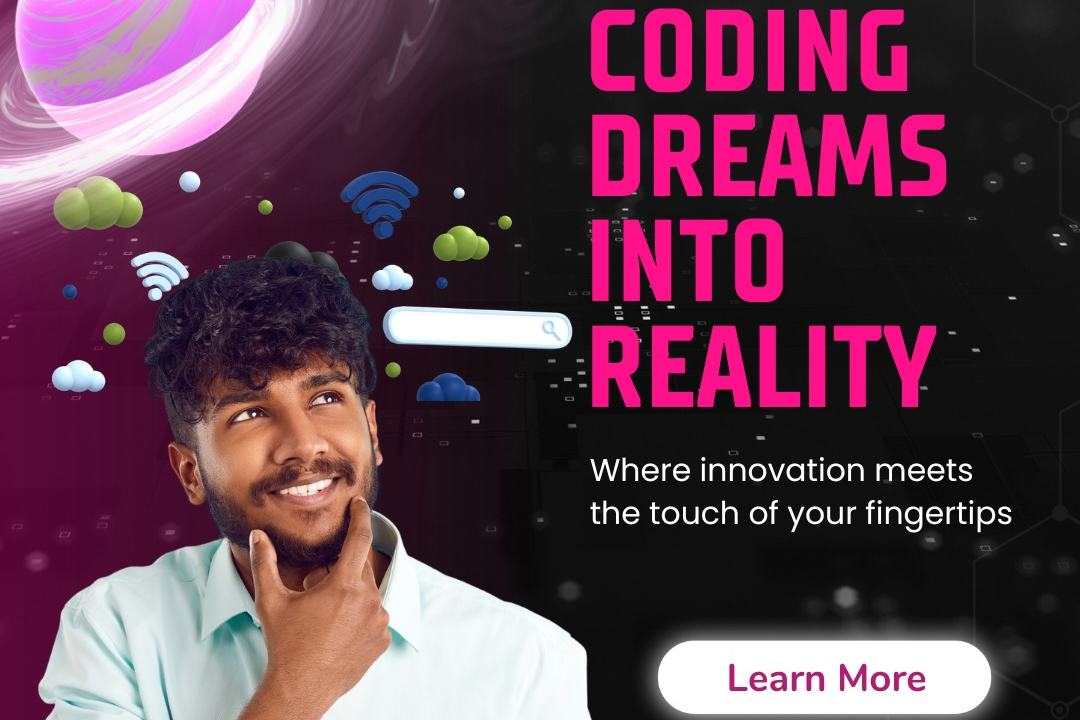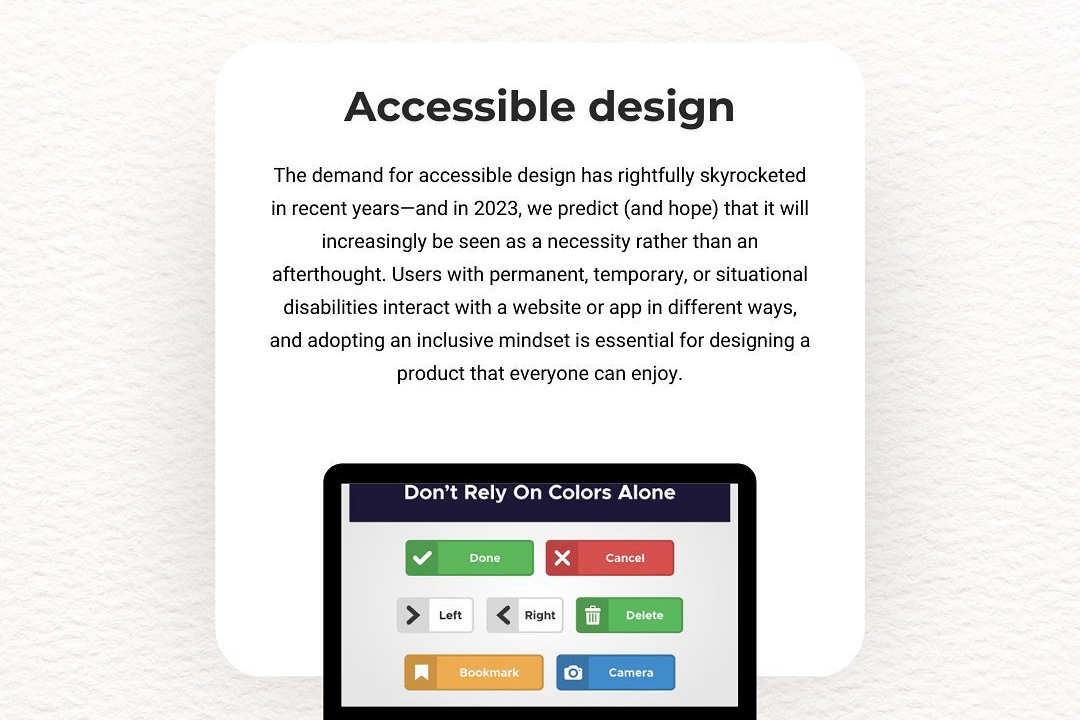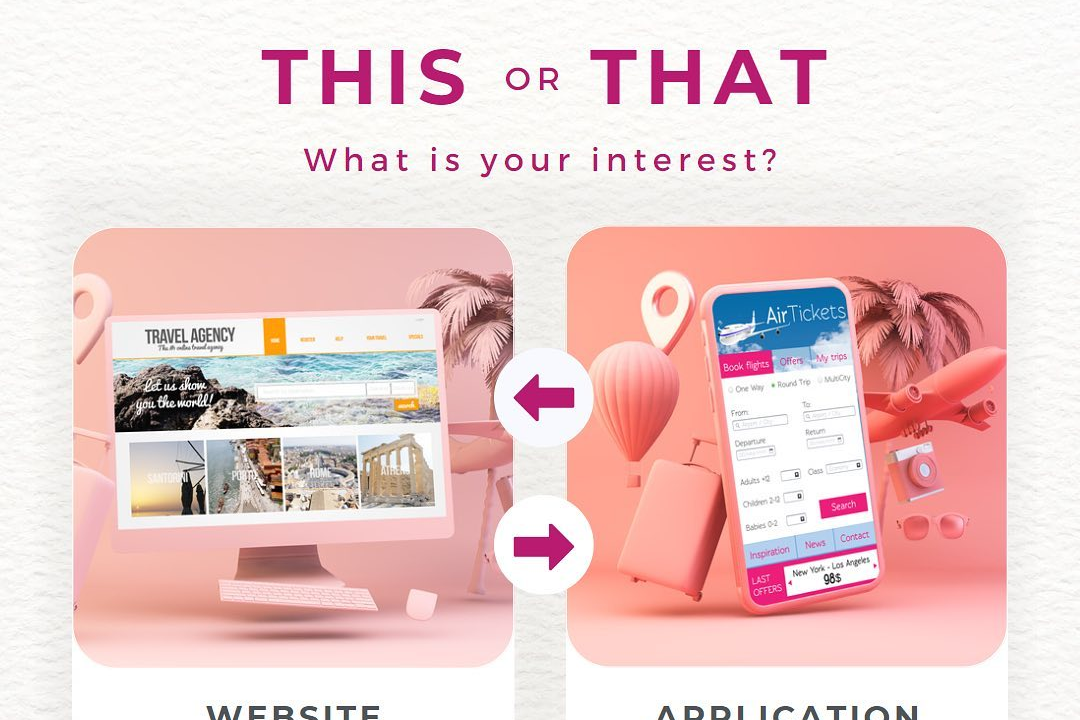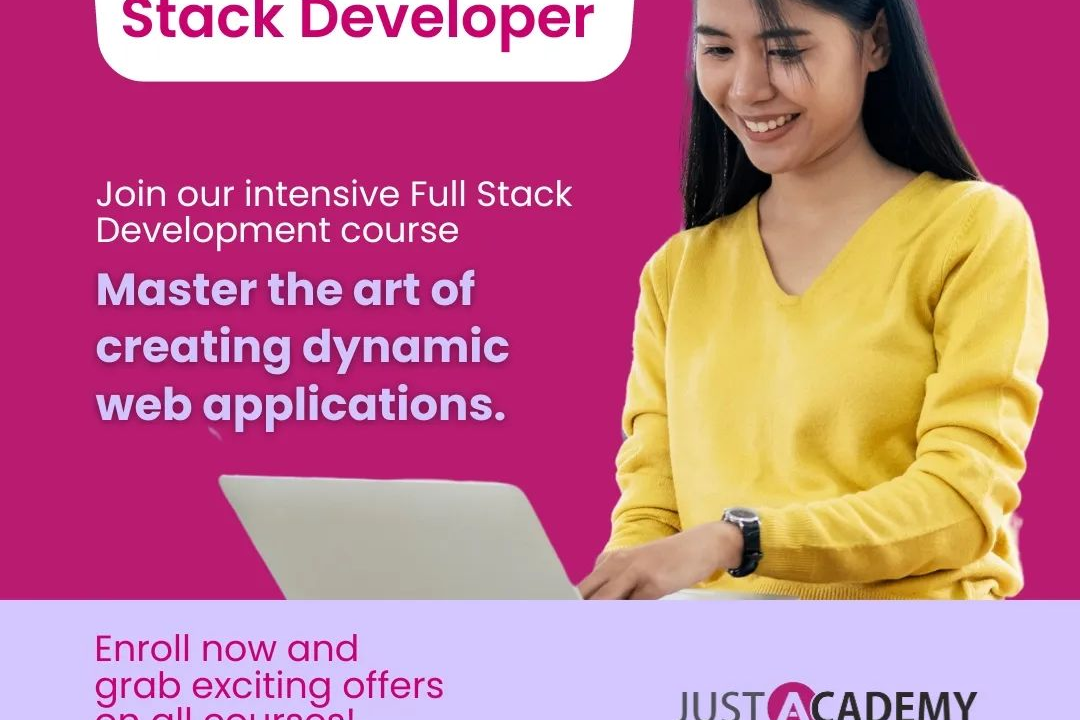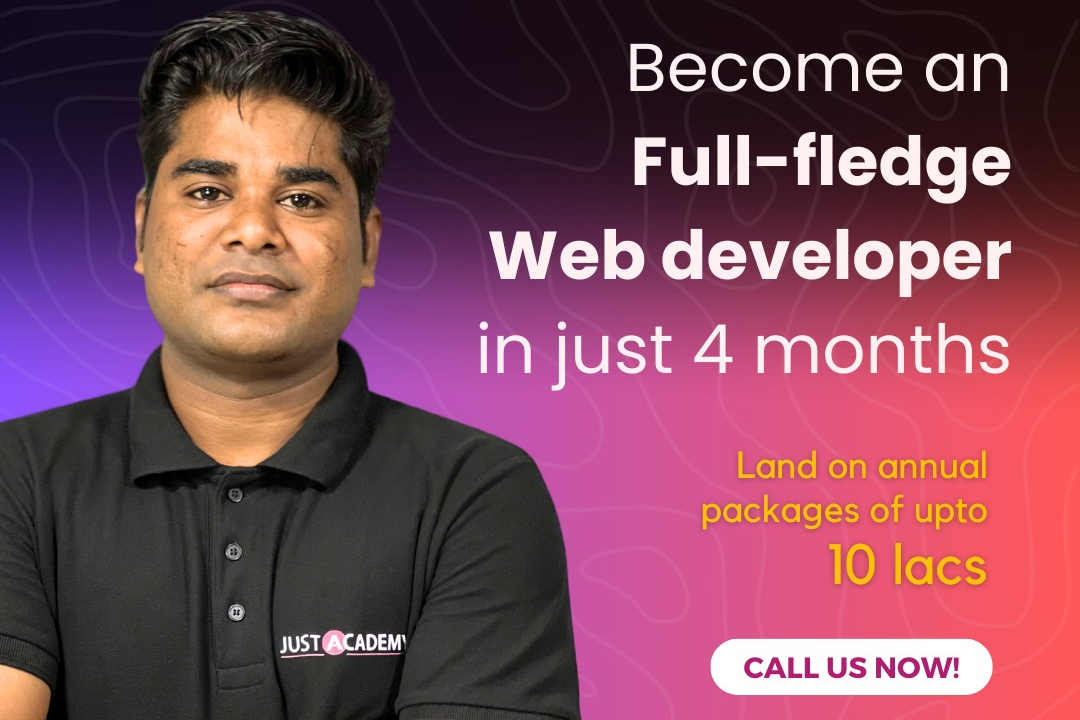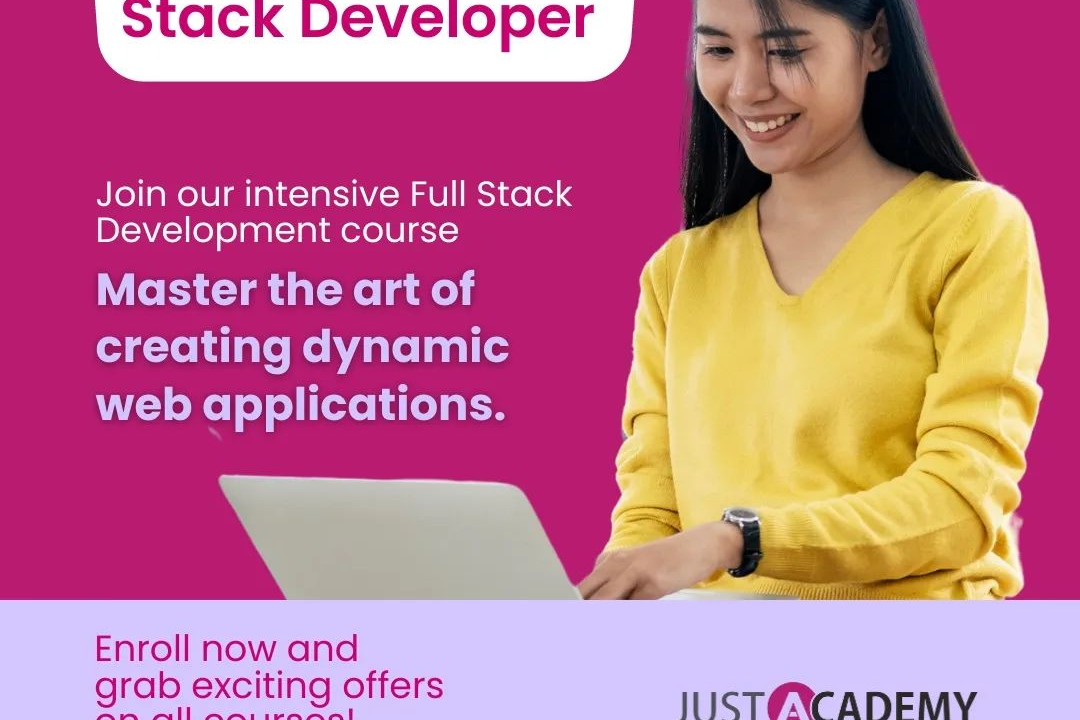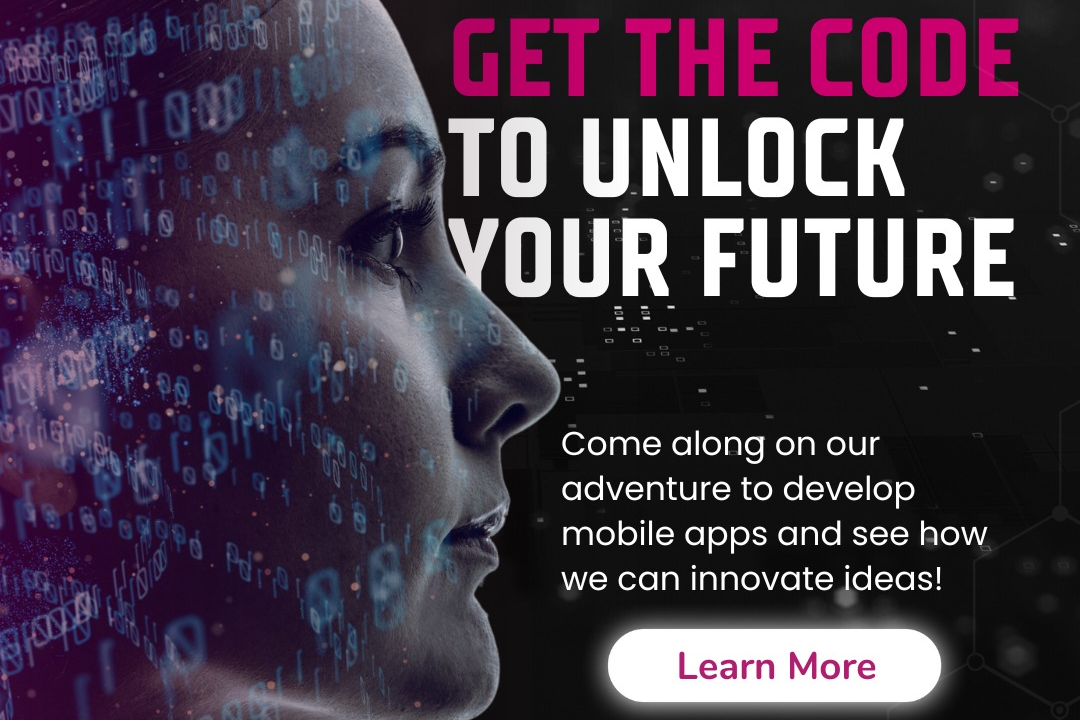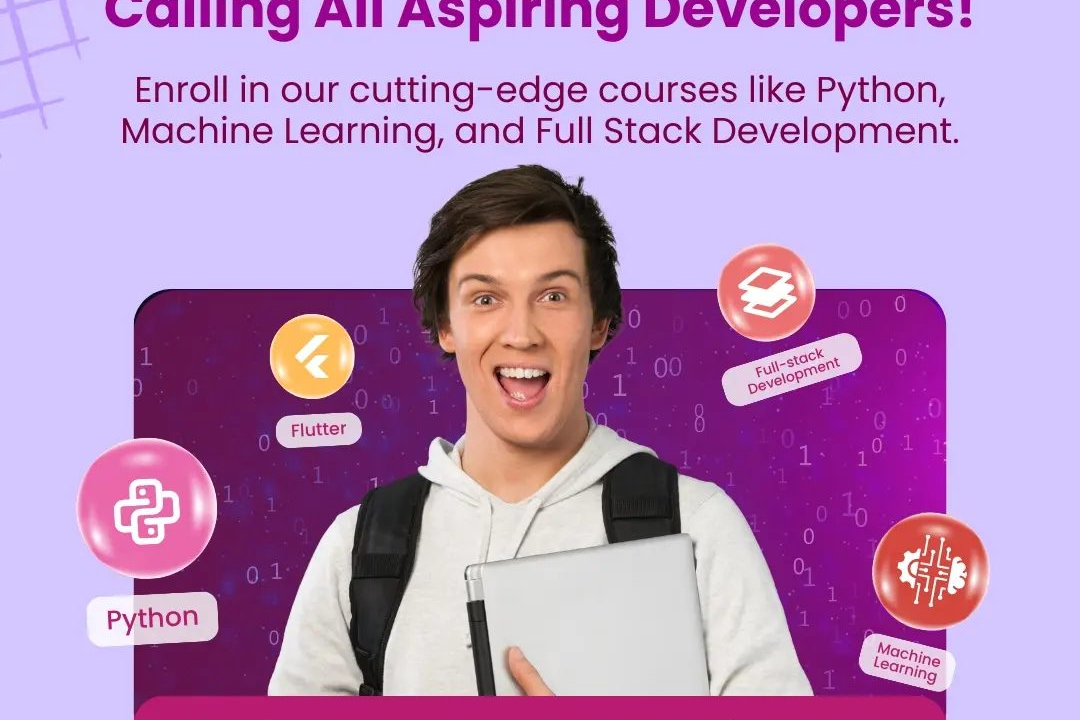Flutter Application Iterations
Enhancing Flutter Applications: Iterative Development Strategies
Flutter Application Iterations
In Flutter application development, iterations refer to the process of incrementally enhancing and refining the app through repeated cycles of design, development, testing, and feedback. This iterative approach allows developers to build features in manageable chunks, enabling quick adjustments based on user feedback and testing results. Each iteration typically involves implementing a new feature or improving an existing one, testing its functionality on various devices, and gathering insights from users to identify further improvements. By embracing an iterative workflow, teams can foster collaboration, encourage innovation, and ensure that the final product aligns closely with user expectations and needs, ultimately leading to a more polished and effective application.
To Download Our Brochure: https://www.justacademy.co/download-brochure-for-free
Message us for more information: +91 9987184296
1 - Introduction to Flutter
Overview of Flutter as a UI toolkit for building natively compiled applications for mobile, web, and desktop from a single codebase.
2) Understanding the Development Cycle
Explanation of the iterative nature of app development and how Flutter fits into the Agile development paradigm.
3) Setting Up the Development Environment
Guide for students to install Flutter and set up their IDE (Android Studio, VSCode) and emulators to start building apps.
4) Creating Your First Flutter App
Hands on exercise where students create a simple “Hello, World!” application to understand the structure of a Flutter app.
5) Working with Widgets
Introduction to Flutter’s widget tree, including stateful and stateless widgets, and their role in building a responsive UI.
6) Building Layouts
Teaching students how to create complex UIs using layout widgets (Column, Row, Stack, GridView) and responsive design principles.
7) State Management
Discussing different approaches to managing app state, including ScopedModel, Provider, and BLoC, and when to use each.
8) Integrating APIs
Demonstrating how to make network requests to APIs using the `http` package and handling JSON data for dynamic content.
9) Persisting Data
Overview of local storage options in Flutter, such as Shared Preferences and SQLite, and steps to implement data persistence.
10) Navigation and Routing
Teaching navigation between screens, using both named routes and the Navigator widget for deeper app structure.
11) Handling User Input
Creating forms and handling user input with form validation to ensure data integrity.
12) Animations and Graphics
Extending app interactivity through animations, using Flutter's animation libraries to enhance user experience.
13) Testing Flutter Apps
Introduction to testing strategies in Flutter, including unit testing, widget tests, and integration tests for quality assurance.
14) Publishing Your App
Steps to prepare and publish a Flutter application on the Google Play Store and Apple App Store.
15) Continuous Integration and Deployment (CI/CD)
Overview of CI/CD concepts and tools (e.g., Codemagic, GitHub Actions) for automating builds and deployments of Flutter applications.
16) Exploring Flutter Packages
Introduction to the extensive ecosystem of packages in Dart pub.dev to add functionality (e.g., Firebase, Google Maps).
17) Building for Multiple Platforms
Discussing cross platform capabilities and how to tailor apps for different screens and input types.
18) Community and Resources
Encouraging students to engage with the Flutter community through forums, GitHub, and social media to stay updated on latest trends and practices.
19) Future Trends in Flutter Development
Exploring future directions of Flutter, including web and desktop developments, and its role in the evolving tech landscape.
20) Project Showcase and Feedback
Concluding the training with a session where students present their final projects, share experiences, and receive constructive feedback.
This structured approach not only provides comprehensive coverage of Flutter application iteration but also engages students in practical experience, ensuring they gain a deep understanding of how to develop applications using Flutter.
Browse our course links : https://www.justacademy.co/all-courses
To Join our FREE DEMO Session: Click Here
Contact Us for more info:
- Message us on Whatsapp: +91 9987184296
- Email id: info@justacademy.co
best java full stack development training institution in hyderabad

